I first published this post almost a decade ago. I reprint it as a prayer for our world. —Jadi
The anniversary of 9/11 is here.
I was back in the States when the attack occurred. When I returned to Germany a few weeks later, I was in turmoil. I felt all the contradictions of my life. I’m a resident alien on another continent. I’ve been the target of instant hate when someone found out I’m American. This only has to happen once to convince you that prejudice is awful. What the hell was I doing so far away from my own country? What was going on in the world, and could anywhere feel safe? It seemed like everything was getting sucked into a swirling vortex. My identity as a US citizen, as a foreigner, as a human being, came crashing down.
A few months later my epidemiologist friend Elena came to Europe for a conference. I took an unplanned trip to Amsterdam with her. Maybe 2 days away would give me a break from how heavy life felt. Below is the account from those 2 days and how they affected me:

“I people-watch as we travel to Holland. On a German train near the border, the train car is full of local residents heading home. An African couple talk over their baby. Another young couple sit by me with their own child. The wife’s exquisite black scarf frames her face. Her husband reads from a small leather bound Koran. Both of them keep an eye on the baby carriage. The rest of the car is full with the usual students, professionals, commuters.
An old man goes into the WC. Later the door slides open without his realizing it. He stands helpless, then fumbles at the door. We all see the prosthetic leg strapped to his upper thigh. Everyone looks away. The door slides open again and he looks up, stricken. I rise and go to the door and close it. When the door inevitably opens again a few minutes later, the man with the Koran closes it for him.
A cell phone rings. The African man pulls out his phone and answers, then switches to English. I realize they’ve understood every word of the conversations Elena and I have been having about global health issues, world politics, and travel.
The woman in the headscarf looks at me steadily. When she finally catches my eye she holds me in a gaze of tenderness and our connectedness as human beings. We see one another for a few minutes, and then the train stops and they detrain.
The train reaches Amsterdam. I’ve been here before and always feel as if I’m coming home to an old friend. We walk along the canal streets, and brick building facades reflect in the Amstel as it flows under the bridges. The Egyptian bellhop at the hotel asks where we’re from. “I love this city! You meet people from all over the world,” he declares.
In 2 days Elena flies back to the US. Later that morning I stand waiting to catch the tram from our hotel. A dark-haired woman at the street bus stop carries a backpack. I offer her my tram pass; I won’t need it beyond the central train station. She thanks me, but says she’s heading home. She’s an Israeli airline stewardess, in Amsterdam for a few days’ holiday.
“I live in Tel Aviv, and I’m afraid to go out of my house,” she tells me. “Everyone is scared of more terrorist attacks there. The situation is out of control.” I listen to her and say, “The rest of the world says, ‘just make peace!’ If only it were so easy.”
Once I’m on board my train I read a Newsweek, then dive back into a novel. The quiet man next to me asks in English if this train stops at the Frankfurt airport. I offer him the magazine. We begin to talk: he is Iranian, in Germany for an international banking and finance conference. He lectures at the University of Cardiff. His wife is a dentist, he tells me. They live in Britain and go back to Iran, to their home in the northeast by the mountains at the Afghani border, each summer for vacation.
He lifts the suitcase at his feet and sets it on his lap. Opening it, he pulls out framed photographs of 2 smiling boys. “These are my children.” We discuss their names, their ages, their personalities. At the airport station he leaves for his flight, and I wish him a safe trip home.
The woman sitting across from us changes trains with me in Mannheim. We stand shivering in the evening air on the platform. She is a Dutch physical therapist, doing an apprenticeship in Munich. She asks what I think of Holland. We talk about the coffee shops. I mention the small scale that guides decision-making in her country. I give her my leftover Dutch coins and she buys the tram pass from me.
Late that night I finally arrive home. In the space of 48 hours I touched on what seemed to be the entire planet. And I didn’t learn the names of any of the people who talked to me.
Travel isn’t just seeing and exploring other countries and cultures or the threads that weave those peoples’ histories with the present. Travel is the journey we make every day into other people, other lives, other ways of being and thinking and feeling.
Travel is about the interconnectedness of us all. Each person with whom we interact leaves behind traces that can change the world. Travel is about holding onto hope.
A part of me remains in every place I’ve ever stood. My image was impressed in a snow angel I made up in the Arctic Circle, which vanished years ago. But who can say if some part of my spirit still wavers there like the Northern Lights? Or in my interactions with all those people on the trains between Stuttgart and Amsterdam? I don’t know…. but we should live as if every act matters, as if choosing to love and be open to the rest of the world and each other can transform us.”
NOTE: This post originally marked my first year of blogging. I’m still at it, years later. Thanks for your support. — Jadi © Jadi Campbell 2023. Previously published as Amsterdam. All photos © Uwe Hartmann. Uwe’s photos of our trips and his photography may be viewed at viewpics.de.
My books are Broken In: A Novel in Stories, Tsunami Cowboys, The Trail Back Out and Grounded.
Click here for my author page to learn more about me and purchase my books.








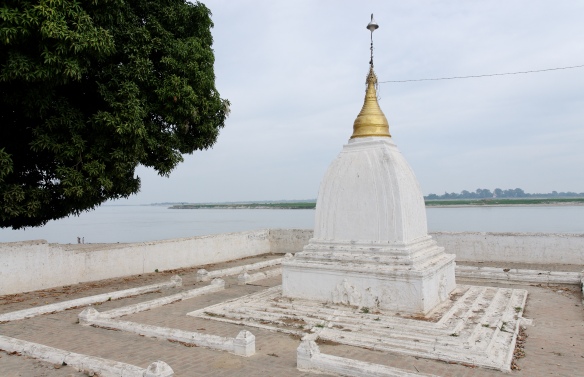
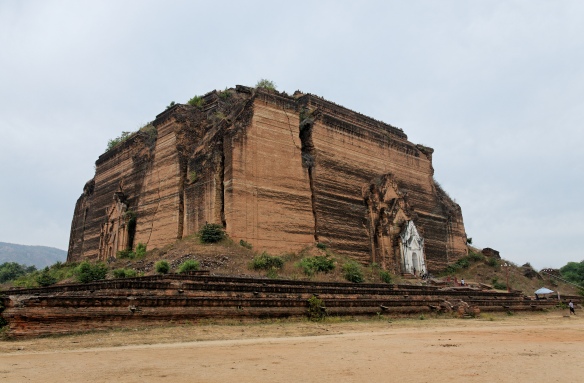

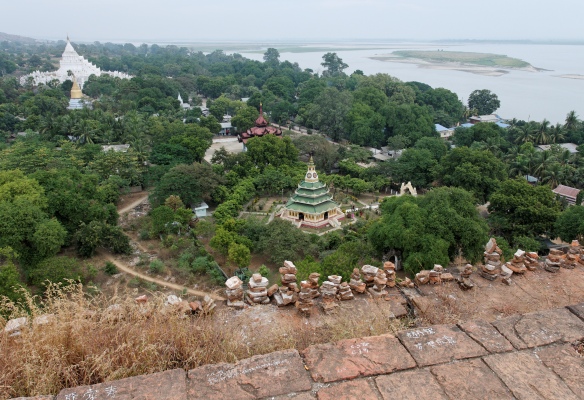






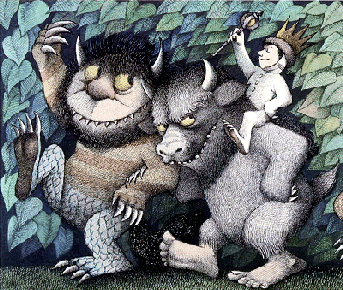

 The colors seem to move and change as you watch: ruby red, emerald green and yellow. [1]
The colors seem to move and change as you watch: ruby red, emerald green and yellow. [1]
 Anne Frank was born on June 12, 1929 in Frankfurt am Main, Germany. Her unexpectedly discovered journal The Diary of Anne Frank is a testament to the endurance of the human spirit. In honor of her life I am reprinting my first post about Stolpersteine, the Stumbling Stones laid throughout the world to remember the lives of those killed by repressive regimes. – Jadi
Anne Frank was born on June 12, 1929 in Frankfurt am Main, Germany. Her unexpectedly discovered journal The Diary of Anne Frank is a testament to the endurance of the human spirit. In honor of her life I am reprinting my first post about Stolpersteine, the Stumbling Stones laid throughout the world to remember the lives of those killed by repressive regimes. – Jadi


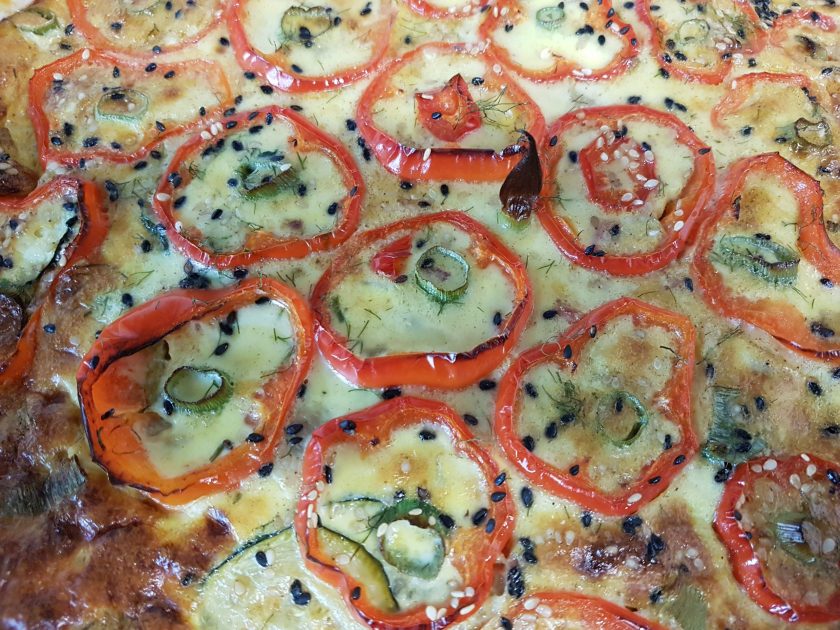 And I go for walks, and practice self-care. I love to cook, so that’s more than all right. I can take my time with elaborate recipes. Great way to channel my restlessness. Uwe and I live together in lockdown harmoniously most of the time.
And I go for walks, and practice self-care. I love to cook, so that’s more than all right. I can take my time with elaborate recipes. Great way to channel my restlessness. Uwe and I live together in lockdown harmoniously most of the time.